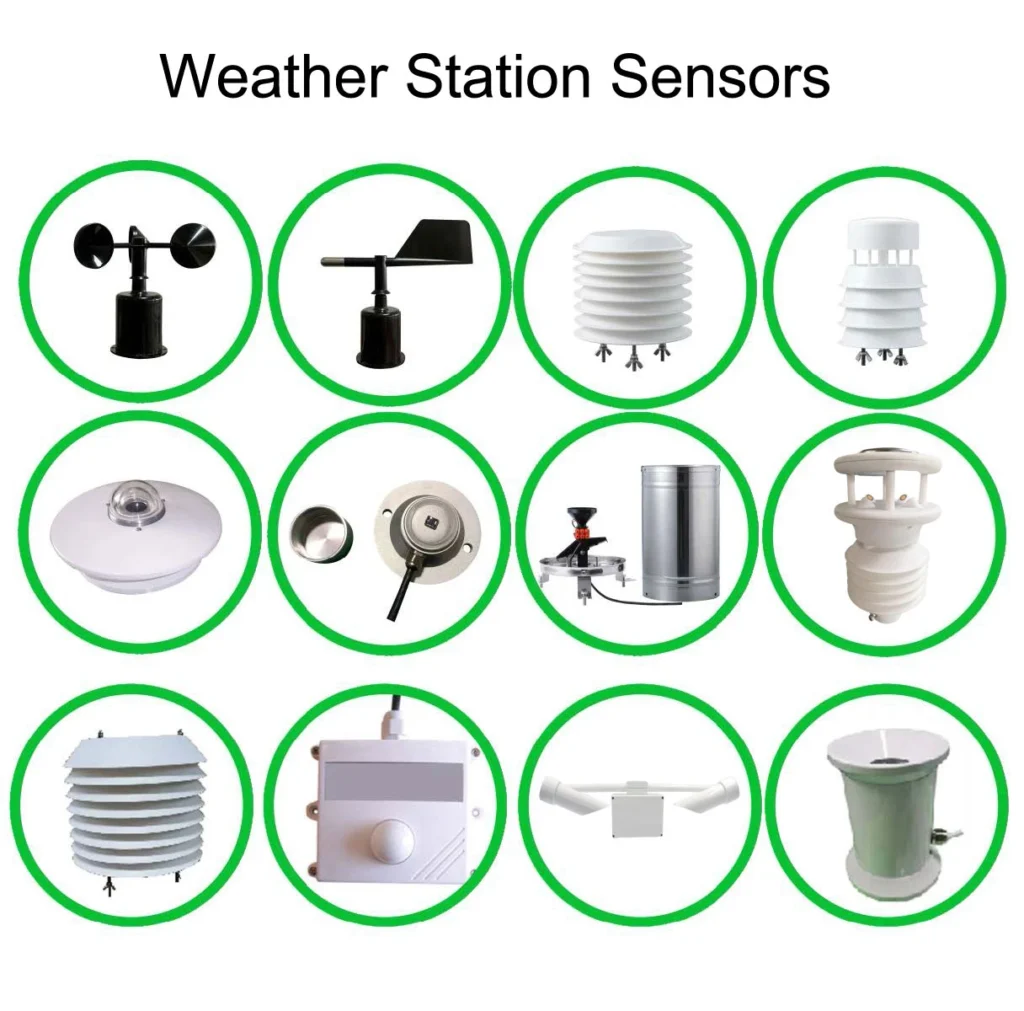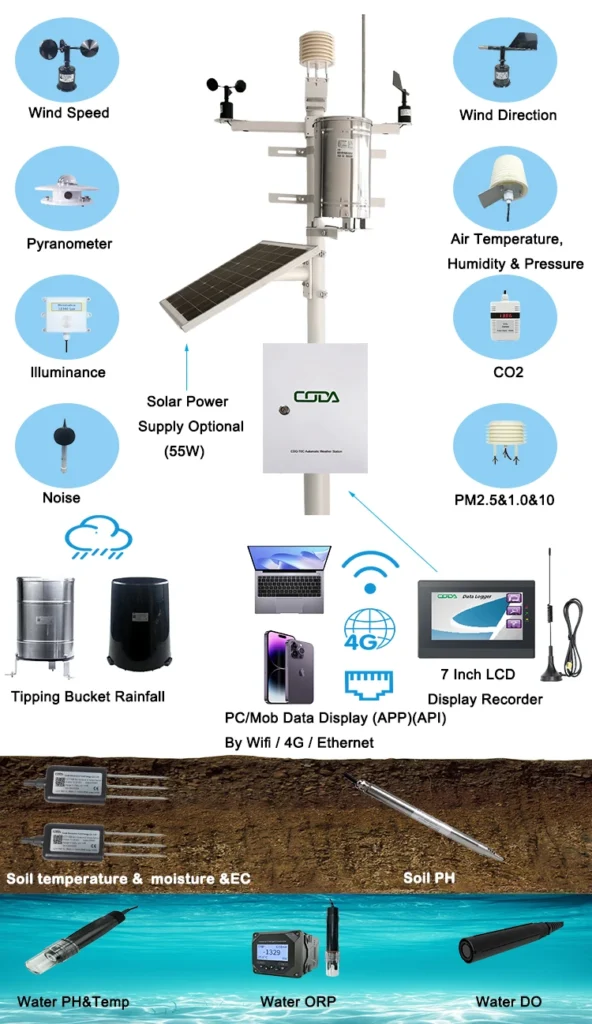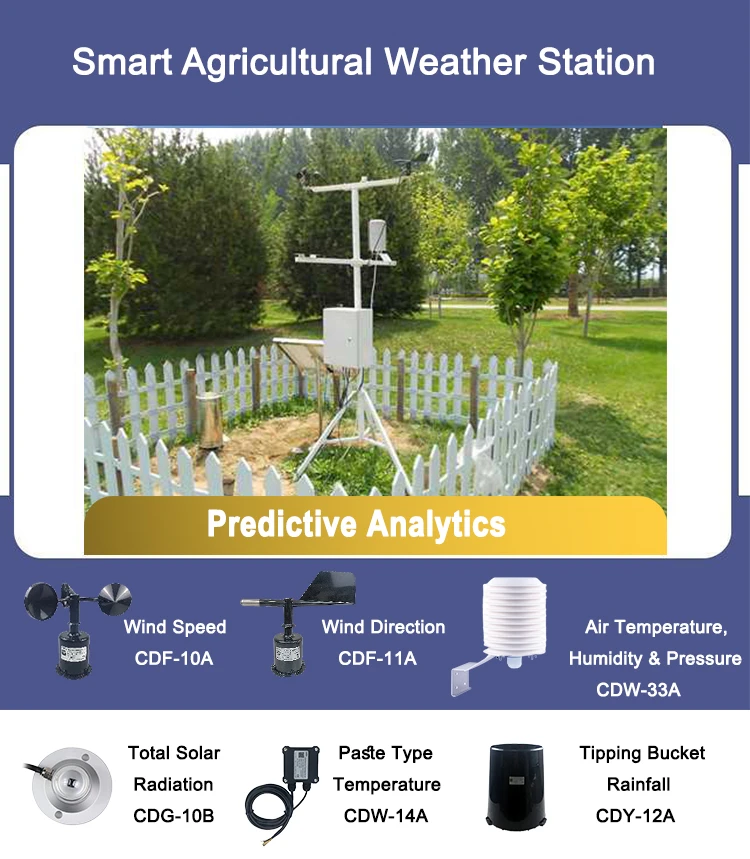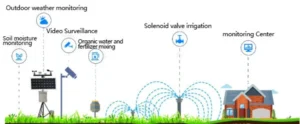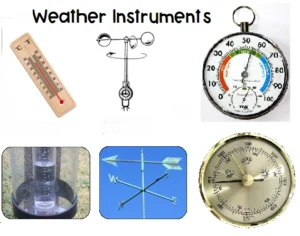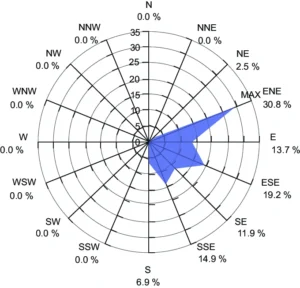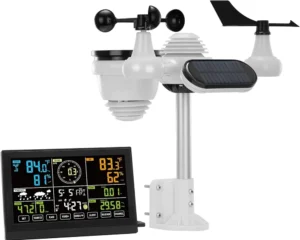Weather Station Data: Its Role and Diverse Applications
**Introduction to Weather Station Data**
Weather station data serves as a cornerstone in monitoring and predicting weather conditions. It is a critical resource for meteorologists and researchers, helping them analyze climate patterns, forecast extreme weather events, and study long-term climatic trends. These stations gather key measurements, including temperature, humidity, wind speed, precipitation, and atmospheric pressure, offering a holistic perspective on the Earth’s climate system.
**The Role of Weather Station Data in Forecasting**
Accurate weather forecasting is indispensable for industries and daily life. Weather station data provides the essential foundation for creating reliable predictions. By examining the data collected from thousands of weather stations worldwide, meteorologists can anticipate events such as hurricanes, heatwaves, and snowstorms with higher precision. This information allows individuals, businesses, and emergency services to prepare effectively, minimizing disruptions and reducing the impact of adverse weather conditions.
**Applications in Agriculture**
Agriculture is deeply influenced by weather and climate variables. Farmers rely on weather station data to optimize crop management practices. Monitoring temperature, rainfall, and humidity levels allows them to determine optimal planting, irrigation, and harvesting schedules. Furthermore, forecasts derived from this data help farmers identify risks such as frosts or droughts and implement measures to protect their crops. On a broader scale, weather station data enables agricultural adaptation to long-term climate changes, improving resilience in farming practices.
**Enabling Renewable Energy Optimization**
In the renewable energy sector—particularly for wind and solar power—weather station data plays an integral role in planning and operations. Wind farms use this data to determine ideal locations for turbines by analyzing wind speed and direction in targeted areas. Similarly, solar energy facilities use measurements of solar radiation to forecast daily and seasonal energy production needs. Harnessing this information ensures optimal placement and alignment of equipment, leading to greater efficiency in energy generation.
**Supporting Disaster Management Efforts**
Weather-related disasters, such as hurricanes, floods, and wildfires, often have devastating effects on communities. Weather station data proves invaluable in forecasting these events, aiding in the early issuance of warnings and evacuation plans. By analyzing atmospheric pressure, temperature fluctuations, and wind patterns, meteorologists can provide timely alerts to agencies and communities at risk. Effective use of this data empowers disaster response teams to act proactively, saving lives and reducing property damage.
**Advancing Climate Research**
Weather station data is absolutely essential for understanding climate change and its far – reaching implications on the planet. Firstly, researchers rely heavily on long – term observations of variables such as temperature, precipitation, and pressure. Through these observations, they are able to painstakingly identify patterns and gradually uncover invaluable insights into the complex and ever – evolving climate systems. Subsequently, this information serves as the foundation for the development of scientific models.
These models are designed to simulate the Earth’s climate accurately. As a result, they play a crucial role in guiding policymakers. With the help of these models, policymakers can then create sustainable solutions for addressing climate challenges and fostering effective adaptation strategies.
**Conclusion**
Weather station data is a vital resource that impacts nearly every aspect of modern life—from daily forecasts to global climate research. It is indispensable for agriculture, renewable energy optimization, disaster management, and the study of climatic trends. Access to accurate and reliable data empowers informed decision-making, helping communities adapt to shifts in weather systems while mitigating the effects of extreme events. With ongoing advancements in technology, weather station networks will become even more efficient, enabling precise forecasting and strengthening society’s resilience against climate-related adversities.
**About Hunan Coda Electronic Tech Co., Ltd**
Through cutting-edge innovation and customer-oriented service, Hunan Coda Electronic Tech Co., Ltd has emerged as a leader in providing high-quality sensor solutions worldwide. Coda Sensors specializes in offering environmental monitoring systems designed for Original Equipment Manufacturer (OEM) applications. Widely used across various industries and households, these solutions are valued for their reliability and precision.
Maintaining the highest standards in manufacturing processes and operational procedures, Hunan Coda assures its customers of uncompromising quality. With deep expertise and a commitment to excellence, the company continues to deliver sensor solutions that meet diverse global needs effectively.
